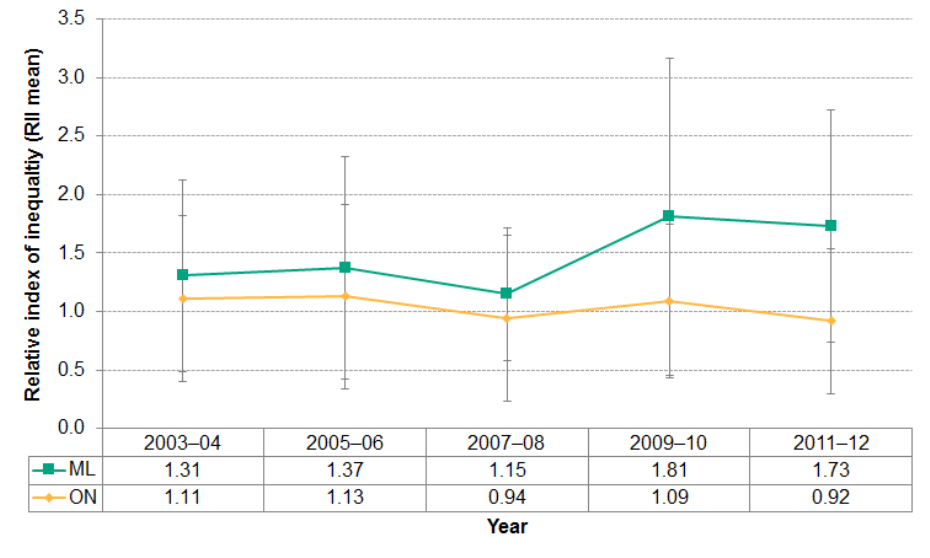Figure 2.6.3: Socio-economic inequalities in mental health emergency department visits
Relative index of inequality (mean) (age 15+), Middlesex-London and Ontario, 2003–04 to 2011–12 annual average

Source:
Public Health Ontario. Snapshots: Middlesex-London Health Unit: Health Inequities in Mental Health Emergency Department Visits 2003-12. Toronto, ON: Ontario Agency for Health Protection and Promotion; 2018 May 9 [2019 Mar 15]. Available from: http://www.publichealthontario.ca/en/DataAndAnalytics/Snapshots/Pages/Me...
National Ambulatory Care Reporting System (NACRS), 2003-2012, Ontario Ministry of Health and Long-Term Care, IntelliHEALTH ONTARIO, Date extracted: 2018 February 14
The socioeconomic difference in mental health emergency department visits when the whole population is taken into consideration was high in Middlesex-London in 2011–12 (1.73). However, unlike the absolute rate difference, it was not significantly different than the inequality experienced across Ontario (0.92) based on the relative index of inequality.
The relative index of inequality was lowest in 2007–08 for both Middlesex-London and Ontario and has increased since that time. While the inequalities have persisted, no significant change overtime in the relative inequalities in mental health related emergency department visits has occurred in the period reviewed from 2003–04 to 2011–12.